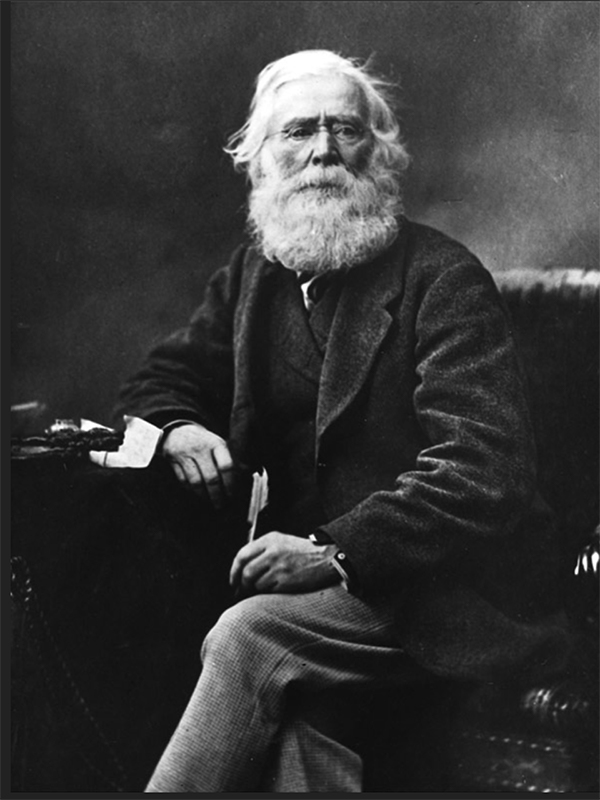
William Logan, became the founding director of the Geological Survey of Canada in 1842.
The good news is that there are now more than a dozen new and updated Wikipedia entries for the people and places that are central to the story of Oil Springs and the modern oil industry in it industry.
The Wikipedia entries are the product of The Robert Cochrane Fellowship with Western University’s for public history students working on their Masters degree. The annual fellowship is funded by Fairbank Oil Fields and the fellowship is done in conjunction with the Oil Museum of Canada.
Usually a fellowship student works six weeks of the summer at the oil museum to produce an impressive research paper. With the pandemic, Thomas Lang, the 2020 fellowship student, needed a project that could be researched without being in Oil Springs.
Lang’s work on the Wikipedia entries is a valuable resource. With little prior knowledge of early oil, he had to read a vast amount of books and resources, digest it all, and boil it all down to its essence to make each entry. For clarity, they were proofed by Fairbank Oil and The Oil Museum of Canada.
New entries include John Shaw, who produced Canada’s first gusher in 1862 on what is now Fairbank Oil land. There is also a new entry for Hugh Nixon Shaw, who died in his well here in 1862 and for decades the stories of the two Shaw men were mistakenly blended into one person.
Updated and fleshed out Wikipedia entries include Charles Tripp, who founded North America’s first oil company when making asphalt in Oil Springs in 1854. Also included is Jacob Englehart who founded Imperial Oil and made nearby Petrolia the headquarters and site of all refining operations. The story of William McGarvey is now more complete. He’s the Lambton County driller who revolutionized Poland’s oil industry with Canadian technology and expertise in the 1880s. The Village of Oil Springs entry is updated and so is The Oil Museum of Canada’s.
Importantly, The Geological Survey of Canada played an vital role in locating the oil here in Oil Springs and pointing out its uses. Key players in the scientific community such as Abraham Gesner, Sterry Hunt, William Logan and William Frasch will now be better understood with these updated Wikipedia entries. (Fun fact: Canada’s highest mountain, Mount Logan in the Yukon, is named after William Logan, who became the founding director of The Geological Survey of Canada in 1842.)
It’s hoped that Lang’s Wikipedia work on early oil will spark a thirsty curiosity and thankfully, all his sources are cited for those who want to dive deeper.
